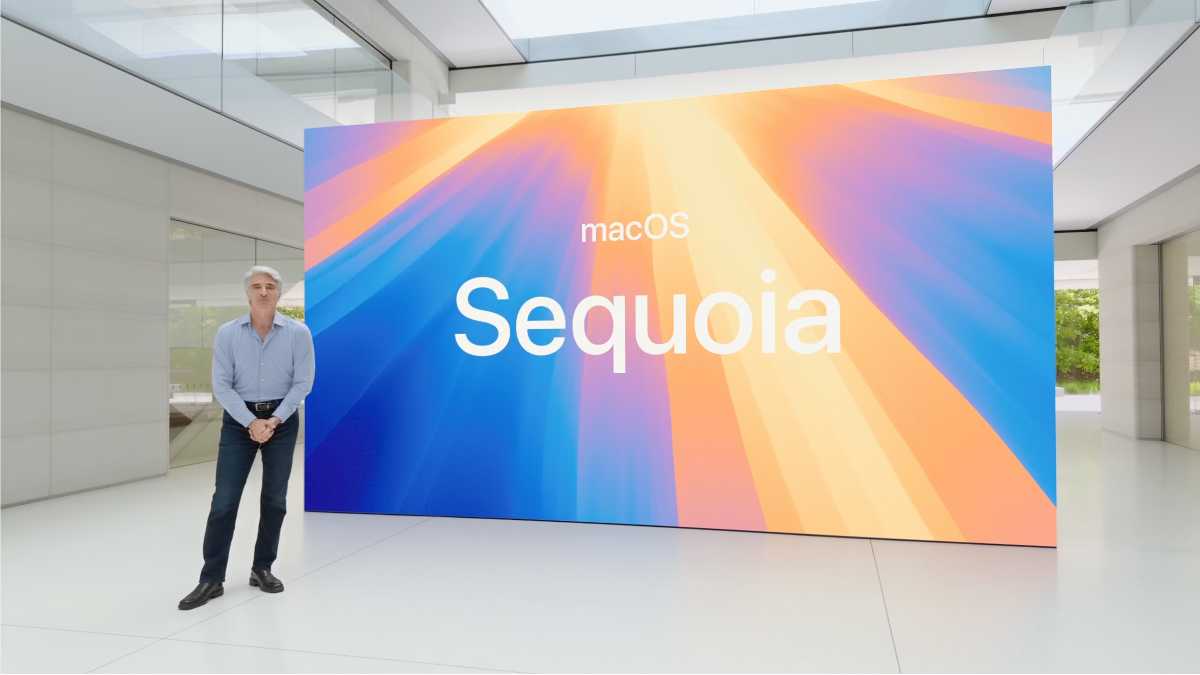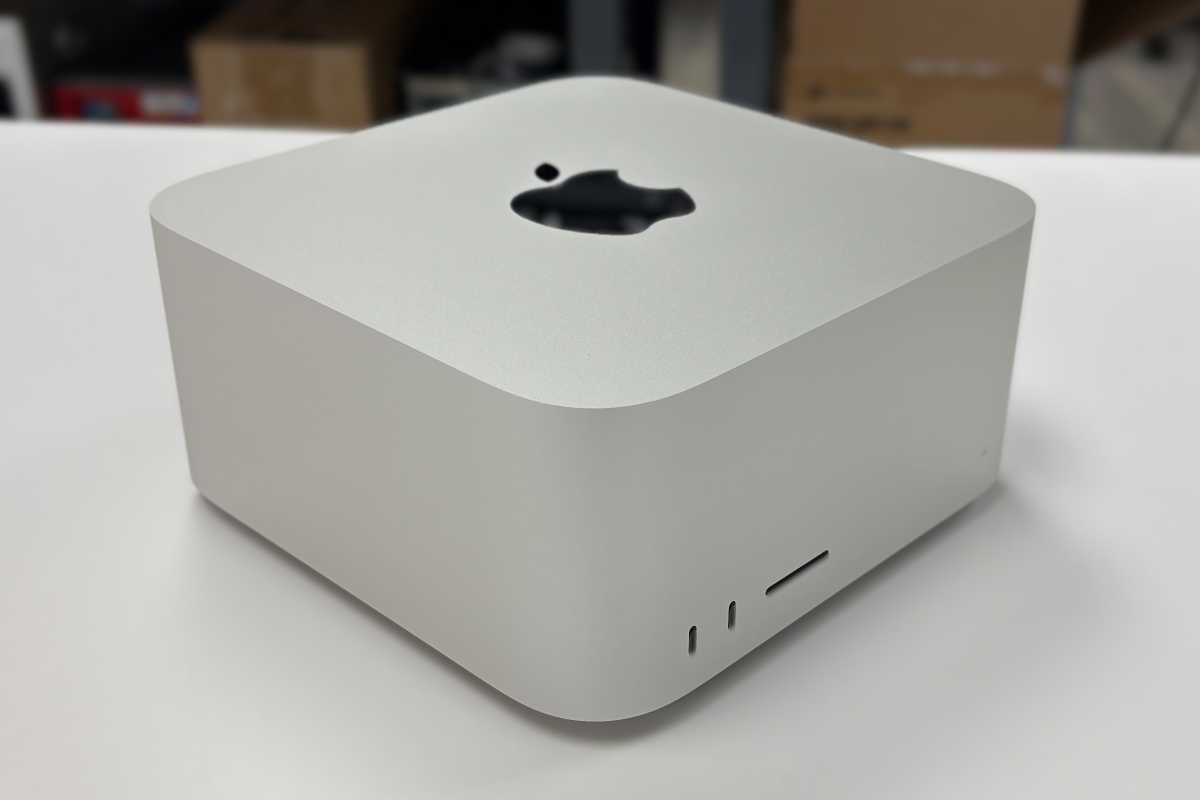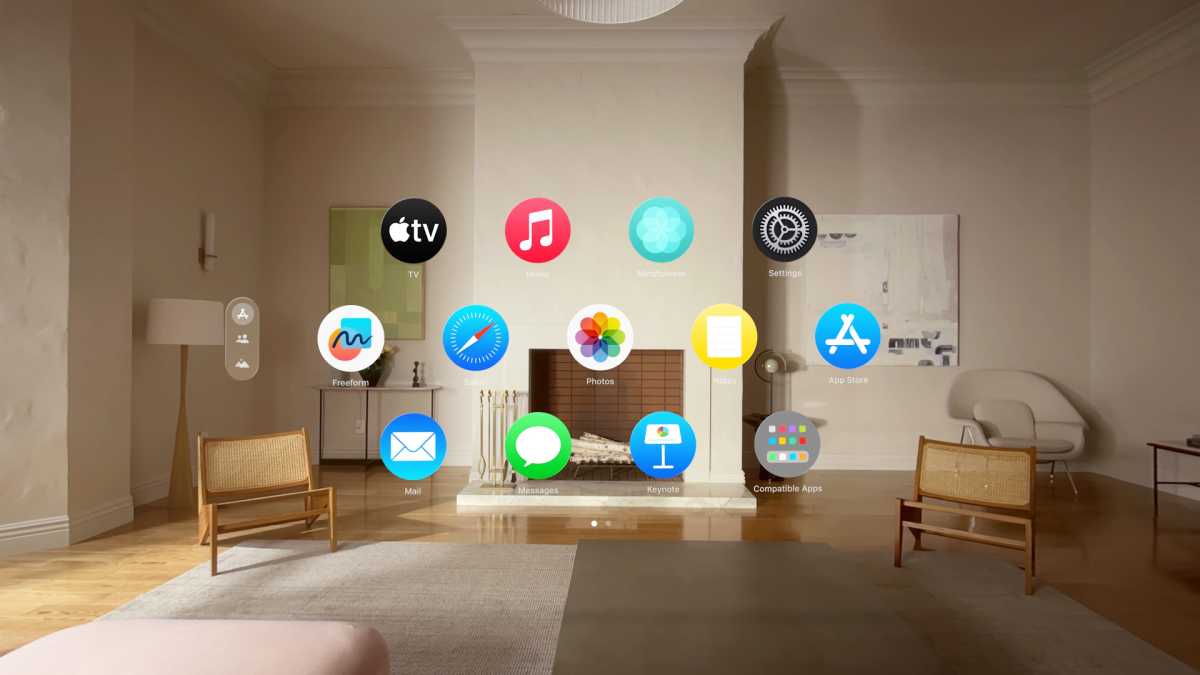Apple’s Worldwide Developers Conference (WWDC) is coming soon, and that’s when we will learn all about macOS 16, the next version of the Mac operating system (as well as iOS 19 the new iPhone OS and iPadOS 19). This version could include some big changes for the Mac, in addition to more Apple Intelligence features.
Apple hasn’t made any formal announcements about macOS 16 so far, but rumors are starting to leak. This article keeps track of the reports, so you can get an idea of what to look forward to when macOS 16 is revealed in June and arrives on Mac later in the year.
macOS 16: Release date
We’ll get a first look at the next version of macOS at WWDC in June, but Apple’s official release of macOS 16 will be in the fall, as is usually the case.
The release of macOS 16 is likely to coincide with the release of iOS 19, which will probably happen a few days after the iPhone event in September 2025. We anticipate the September iPhone event will take place on September 9, so the software could be out around September 15 or 16.
However, Apple has previously scheduled the update to macOS after iOS, sometimes as short as a week, sometimes as long as a month, so there could be a longer wait.
Here is the recent shipping history for macOS.
- macOS 15 Sequoia: September 16, 2024
- macOS 14 Sonoma: September 26, 2023
- macOS 13 Ventura: October 24, 2022
- macOS 12 Monterey: October 25, 2021
- macOS 11 Big Sur: November 12, 2020
- macOS 10.15 Catalina: October 7, 2019
- macOS 10.14 Mojave: September 24, 2018
macOS 16: Developer and Public Betas
However, you won’t have to wait until the full release to try the new software out. Apple will run a developer beta as well as a public beta, so if you want to try out the new features before they are released to the general public you will be able to do so. Both betas are free, though the developer beta requires a free registration as a developer.
The first developer macOS Beta is usually shipped at the beginning of WWDC. In 2025 the WWDC keynote will take place on June 9. The public beta is released about a month later, usually after the developer beta moves to a second stage (beta 2). In 2024 the pubic beta arrived on July 15.
Between WWDC and the official release in the fall, Apple will release beta updates to developers and the public. Anyone using the beta is encouraged to file bug reports using the included Apple’s Feedback Assistant app so that the company can address them.
Learn more about participating in Apple’s beta software program so you can sign up and test the new software as soon as the beta arrives.
macOS 16: What will macOS 16 be called?
Unlike its other operating systems, Apple attaches a name to macOS. The current name is macOS Sequoia, but as it is version 15 of the software it’s also known as macOS 15. Since OS X 10.9 in 2013, Apple has used names that are associated with California.
Rumors of the new name will swirl before the official release. Some reportedly trademarked names that have circulated in recent years include California, Condor, Diablo, Farallon, Grizzly, Mammoth, Miramar, Pacific, Redwood, Redtail, Rincon, Skyline, and Shasta. These names have been registered by a company that is believed to be a shell for Apple. Internally at the company, macOS 16 is codenamed Cheer, but that won’t be its final name (see all the code names for macOS versions in our complete list of every macOS and Mac OS X release.)
Our guess for 2025 is Apple will continue the Sequoia tree theme with Redwood, but there are no clear rumors about the name.

Will Apple continue with the California-based names? Count on it.
Apple
Here is a list of the recent macOS names based on places in California:
- OS X Mavericks (version 10.9)
- OS X Yosemite (version 10.10)
- OS X El Capitan (version 10.11)
- macOS Sierra (version 10.12)
- macOS High Sierra (version 10.13)
- macOS Mojave (version 10.14)
- macOS Catalina (version 10.15)
- macOS Big Sur (version 11)
- macOS Monterey (version 12)
- macOS Ventura (version 13)
- macOS Sonoma (version 14)
- macOS Sequoia (version 15)
macOS 16: Compatibility
Because macOS 16 may feature major interface changes, Apple may decide to make this the first version of macOS that does not run on Intel-based Macs.
The signs of this started appearing a couple of years ago and with Sequoia only supporting recent Intel Macs (see: Intel Macs that can run macOS Sequoia for more information). Apple wants to move any users of these Macs over to M-Series Macs and could use this version of macOS as a cutoff point. It’s unknown if the UI changes depend on hardware found only on M-series Macs.
With that in mind, you can check the specifications of your Mac, then take a look at what we expect macOS 16 to be compatible with:
- MacBook Air (M1 or later)
- MacBook Pro (M1 or later)
- iMac (M1 or later)
- Mac mini (M1 or later)
- Mac Studio (M1 Max or later)
- Mac Pro (M2 Ultra or later)
Learn more about which Macs are supported by Apple in our guide to how long Macs and MacBooks last.

This could be the year Apple decides to make future versions of macOS for M-series Macs only.
Foundry
macOS 16: New features
Here are some of the new features expected in macOS 16. This list will be updated as more features are reported.
Major UI change
According to a report by Bloomberg’s Mark Gurman, macOS 16 (along with iOS 19 and iPadOS 19) will have a redesigned user interface that is based “loosely” on visionOS, Apple’s operating system for its Vision Pro headset. Apple wants to make its operating systems more consistent across platforms, and visionOS will be the inspiration for it.
Details on how Apple will implement this new design aren’t available yet, but Apple won’t simply just port over the visionOS UI to the Mac and be done with it. It will combine the best of both worlds and possibly allow Mac users to do more (and without a cursor).
Because of the visionOS’s touch implementation, it’s easy to conclude that Apple is working on a touchscreen Mac. Hardware rumors are more prevalent than software ones, and touchscreen capability has not been mentioned about future MacBooks or Apple displays.

Are round icons coming to macOS?
Apple
Apple Intelligence and Siri
Apple Intelligence made its debut with macOS 15 Sequoia and Apple is on a continuous development path with these features. However, the Apple Intelligence features promised for Siri in iOS 18/macOS 15 have been delayed and aren’t expected until later in 2025, maybe 2026.
Apple usually introduces Siri updates first on iOS, so this delay means that Siri updates in macOS have been pushed back even further.
Will Apple reveal other Apple Intelligence inspired features? Or reliance on another tool to complement ChatGPT integration? Reports on how Apple Intelligence will evolve have not yet appeared.
Home app upgrades
A lot of what is planned for the iOS 19 update will make its way into macOS 16. While specifics about the Home app have not been reported, several reports of new smart home hardware have been made, so it would follow that Apple will update the Home app. However, the Home app is more often used on the iPad and iPhone, so Apple could release the Mac version of the Home app at a later date.
Magnifier app and other accessibility features
The accessibility feature that first appeared on the iPhone is said to be coming to the Mac in macOS 16, and it’s Apple that says so.
In May 2025 Apple revealed some new Accessibility features coming to macOS later this year. Among them are a Magnifier app which will work with Continuity Camera (which lets you use your iPhone as a webcam). With the Magnifier app, a Mac can use their iPhone camera (or any other USB camera) to view their surroundings and zoom in.
Apple also provided details of a new Accessibility Reader coming to Macs later in 2025. This system-wide feature will make text easier to read, by changing colour, font, and spacing.
Other new accessibility features include: Braille Access, Background Sounds, and Personal Voice. Read about the accessibility features coming in the next major macOS in our guide.





